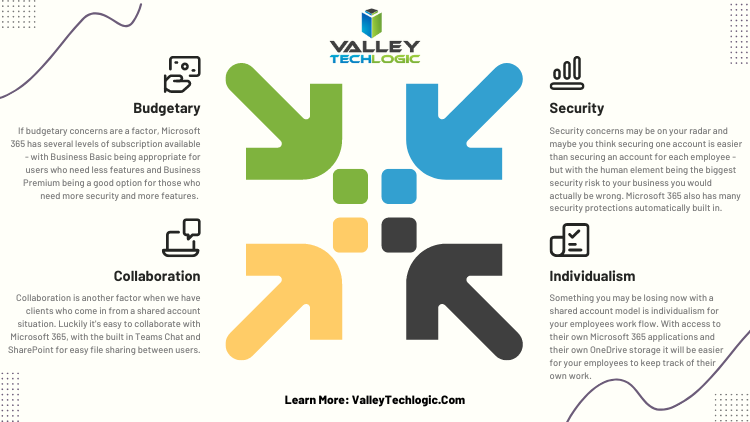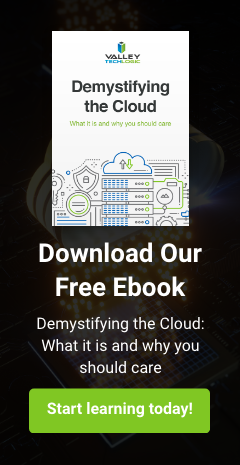While this has been in the works for a while, Netflix is moving forward with their plan to crack down on users sharing accounts with those outside of their immediate household much to the chagrin of a vocal portion of their userbase.
Streaming services have become ubiquitous, and the market is profuse with options. So much so that it’s made financial sense for friends and family to take advantage of password sharing to cut down on the cost of having multiple services to see all of their favorite shows. This is of course, not what the streaming giants such as Netflix, Disney Plus, HBO Max and more had in mind when creating a niche place to view their content versus the all-in-one option traditional cable provides.
Netflix is the first one to lay the hammer down on it however, with plans for a US rollout to occur this June. While your friends may not be immediately booted off, you can expect that you may have to verify your personal devices at some point. There will also be a code required if you access your Netflix account while traveling, making it slightly less convenient to pick back up with your favorite shows while on the go.
There will also likely be hiccups for those who use a VPN to access other countries content, with their algorithms already able to sniff out your device information and watching habits so they offer you suggestions also picking up on this behavior. What crackdowns if any will occur on this front have yet to be seen, however.
Despite the complaints, Netflix has experienced substantial subscriber growth, including for their new ads-included subscription model (which also was heavily protested at it’s announcement). We’ll have to see how many of these subscribers stick around as the password sharing crackdown truly gets underway.
Speaking of password sharing, while it’s fairly harmless in the context of watching your favorite shows via a family or friends streaming account, in the business world it’s less benign.
We get asked this from time to time, what’s the downside of having our users share an email or Microsoft 365 account? The argument is usually they don’t use it enough to warrant having their own. Besides the potential confusion from clients who try and communicate with these employees or having the hassle of having their workloads intermixed, there are significant security concerns when it comes to password sharing at work.
The top three reasons we recommend NOT allowing password or account sharing at work are:
- You’re reusing passwords. Reusing passwords is a big no no, even if it’s to one account. Having that same password and account accessible to multiple users only multiplies your risk if one of them is exposed to a vulnerability.
- Limited oversight into particular employee activity. If you have your users working under one account, it’s a lot harder to tell what any one person is actually doing. Who sent that email from last week? Who created this document? It’s setting yourself up for confusion and tedium.
- If you have one “master account” the risk is extraordinary. Not only is having a singular administrative level master account that everyone uses a risk if it’s compromised, it’s also difficult to properly secure it especially with MFA enabled. Who controls the code? Who is the primary manager of it? All so much to say, having account division and distinction in your business is a must have.
You probably have some rebuttals to our arguments, such as budgetary concerns or increased convenience when collaborating. Luckily, Microsoft 365 has very clear answers to these concerns, see our chart below.

Looking for more to read? We suggest these other articles from our site.
-
When a data breach leads to jail time for an ex-CEO, and why you should take data security seriously in 2023
-
Be careful what you download, malware has made it to Google Adwords
-
Proactive vs Reactive Tech Care – Why Tackling Things as They Spring Up Can Backfire BIG
-
ChatGPT is allowing even novice wannabe hackers to construct their own malware
This article was powered by Valley Techlogic, an IT service provider in Atwater, CA. You can find more information at https://www.valleytechlogic.com/ or on Facebook at https://www.facebook.com/valleytechlogic/ . Follow us on Twitter at https://x.com/valleytechlogic.



You must be logged in to post a comment.